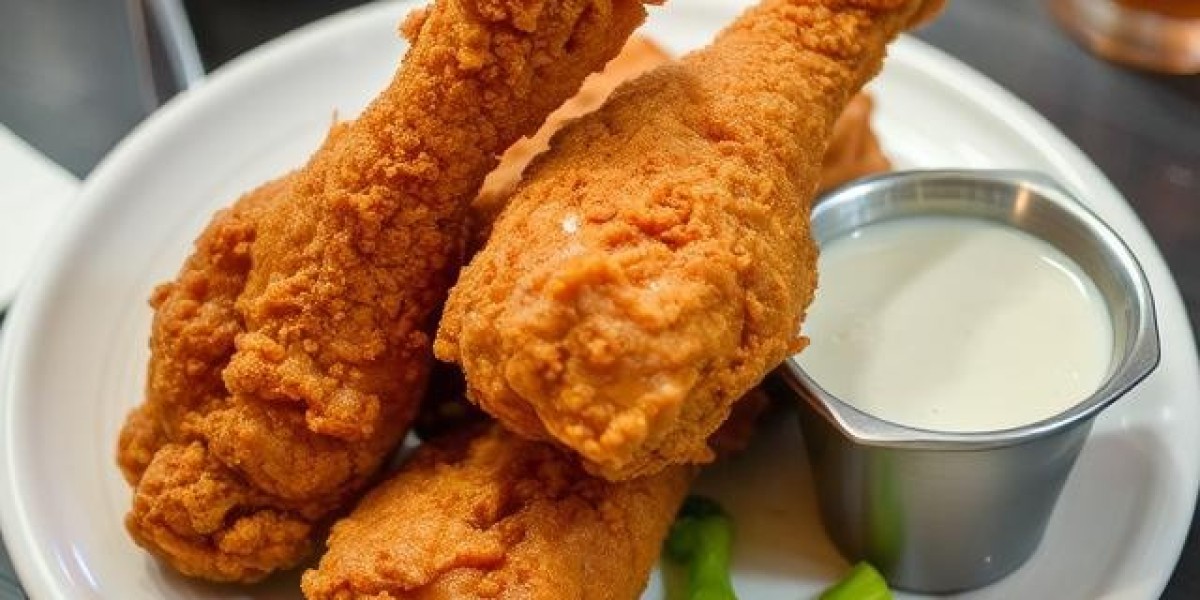In the quest for effective pain management and muscle recovery, many turn to alternative therapies like Cupping and Dry needling. Both have gained popularity due to their ability to relieve muscle tension, reduce pain, and enhance overall well-being. This article explores the methods, benefits, and differences of Cupping and Dry needling, helping you understand which might be right for you.
What is Cupping?
Cupping is a traditional therapy that has been practiced for thousands of years, particularly in Chinese and Middle Eastern cultures. The process involves placing small cups on the skin and creating a vacuum or suction. This suction pulls the skin upward, increasing blood flow and encouraging healing in the underlying tissues.
There are two common types of Cupping:
Dry cupping, which uses suction alone without breaking the skin.
Wet cupping, which combines suction with small incisions to draw out blood.
Cupping helps to relieve muscle stiffness, improve circulation, and promote detoxification. Many people report reduced pain and increased mobility after treatment.
What is Dry Needling?
Unlike Cupping, Dry needling is a more modern technique primarily practiced by physical therapists. It involves inserting fine, sterile needles into specific muscle areas called trigger points—tight bands or knots that cause pain and limit movement.
The goal of Dry needling is to release muscle tightness, alleviate pain, and restore proper muscle function. This technique is based on Western medical principles rather than traditional Chinese medicine, focusing on anatomy and physiology.
Patients often seek Dry needling for chronic muscle pain, sports injuries, and conditions like myofascial pain syndrome.
Key Differences Between Cupping and Dry Needling
Aspect | Cupping | Dry Needling |
Origin | Ancient traditional medicine | Modern physical therapy practice |
Technique | Suction applied with cups on the skin | Fine needles inserted into muscle trigger points |
Sensation | Pulling or tightness on the skin | Pinprick and muscle twitch |
Common Effects | Temporary bruising or circular marks | Mild soreness or tenderness |
Primary Benefit | Increases circulation, reduces inflammation | Releases muscle knots, reduces pain |
Benefits of Cupping and Dry Needling
Both therapies offer significant benefits for pain relief and muscle recovery:
Improved blood flow and oxygen delivery to tissues
Reduction of muscle stiffness and inflammation
Enhanced healing and relaxation
Relief from chronic pain and injury-related discomfort
Choosing between Cupping and Dry needling depends on your personal preference, the nature of your pain, and the advice of a trained healthcare provider.
Conclusion
Cupping and Dry needling are valuable therapies that harness different methods to achieve similar goals: reducing pain and improving muscle function. Whether you prefer the ancient suction technique of Cupping or the precise muscle targeting of Dry needling, both can be effective tools in your health and wellness routine. Consulting with a qualified practitioner will help you choose the best approach for your specific needs, paving the way for faster recovery and better quality of life.








